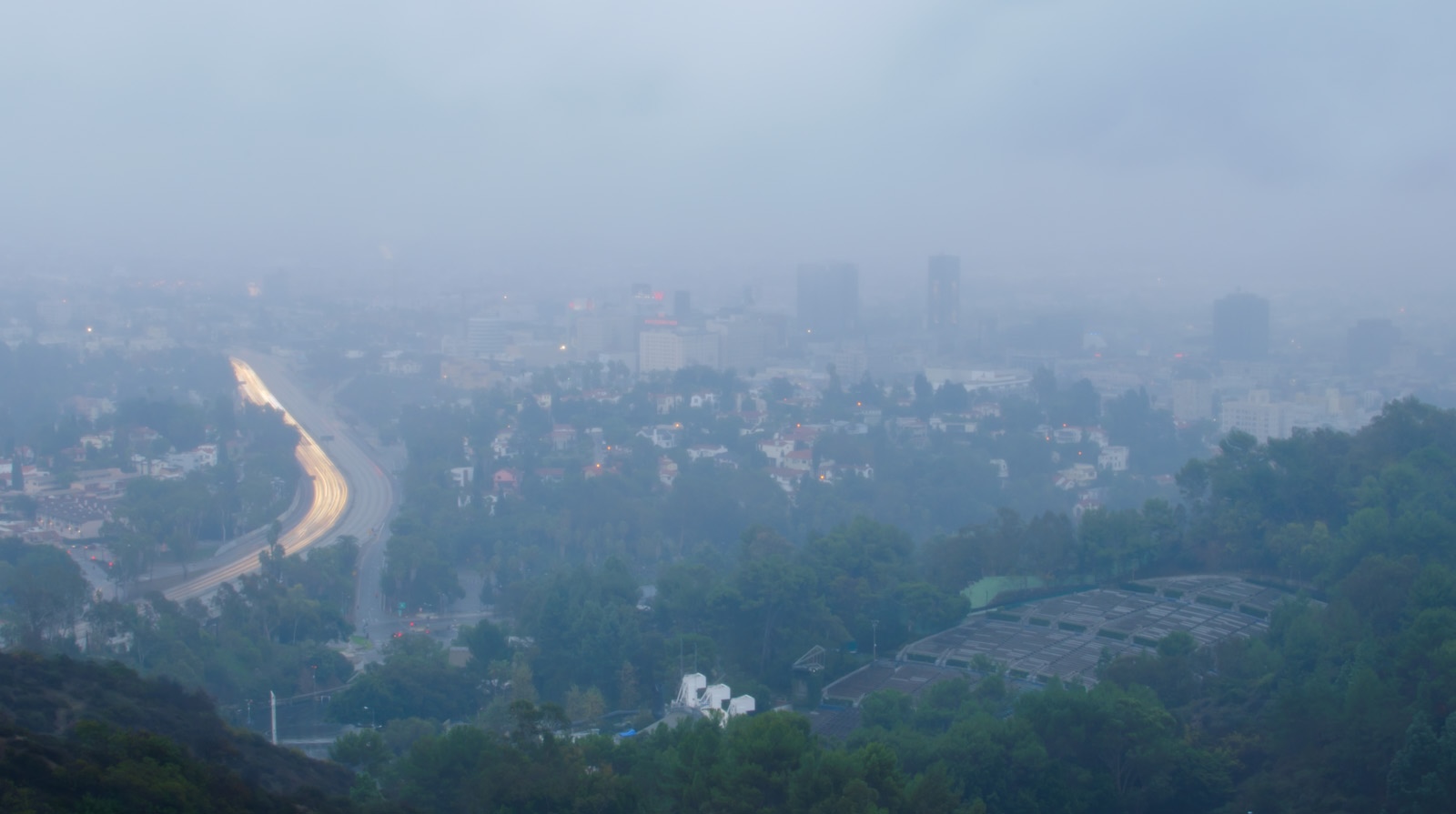Have a story idea
Have a story idea? Send it to us here.

Source : Wikimedia
May 19, 2024
Author : Patty Allen
Although Los Angeles sits alongside the Pacific Ocean, the county suffers from acute water shortages.
So, what are the reasons behind LA's lack of fresh water?
Climate change is one major culprit. In recent years, the state of California has been experiencing higher temperatures during the fall and winter months. This has led to prolonged periods of droughts.
About 80 years back, around 1940, when the Los Angeles River was the main source of water for the county, and the administration feared flooding. The river was restructured, and the majority of the water was drained into the ocean, causing the city to lose its drinking water source. Water leaks and evaporation during import from the Colorado River or the Sierras are another major cause of water shortage. The expanding population is further putting stress on the depleting water supply.
Kelly Sanders, Assistant Professor at the USC Viterbi Sonny Astani Department of Civil and Environmental Engineering, explains, "Water has always flowed into the ocean, but what we're realizing now is that we need to capture it."
But things are not all bleak.
According to the Los Angeles Department of Water and Power (LADWP), the San Fernando Groundwater Basin alone is harvesting over 7,000 acre-feet or 8.8 billion gallons of stormwater. This has been possible because of LADWAP's Stormwater Capture Master Plan. It consists of strategies for the next two decades to adopt stormwater and watershed management programs.
Last year, LA experienced 31.07 inches of rainfall. This was more than 200% of the average, marking it as the seventh-wettest year in history. LA Mayor Karen Bass explained that LADWP has been able to capture over 13.5 billion gallons of this stormwater which can be utilized to serve 165,000 households for a year.
Since 2001, the county has invested $1 billion to build dams, increase the water basin's capacity, and remove sediments. And in 2024, these investments are finally paying off. A large portion of these funds came from the LA County Flood Control District, the Safe, Clean Water program, and other agencies.
Capturing stormwater has now become an asset from being a liability. LADWP has created dirt basins, where the rainwater is redirected. It enables slow soaking into the underlying aquifer or an underground water tank that can hold up to 28 billion gallons of water. They are turning LA into a "spongy" county.
Currently, 40% of LA County's water is sourced locally, while the rest is imported, but that poses a problem due to climate change and water paucity.
To solve this, the LA County Water Plan is striving to increase the local water supply by 580,000 acre-feet per year by 2045. This will allow 80% of water to be sourced locally.
The plans to undertake this type of work is regularly called SWPP or storm water pollution plans, as keeping urban pollution from getting into the ocean and groundwater is important.
Martin Adam's of DWP which has invested approximately $130 million toward stormwater infrastructure in the county has said, "We've been really building capacity to catch major storm flows. The fact that we actually caught more is directly the result of the efforts that the water agencies have made locally to grab that water before it gets to the ocean."
Egged on by the success of their efforts, city administrators are now working to further future-proof stormwater harvesting to better deal with drought seasons and the run off storms can cause. To achieve this, they are working to increase the capacity of the run-offs, recycle wastewater, and improve the contaminated groundwater.
The efforts have been lauded by environmental activists.
Category : Investment in Infrastructure Local Government Public Works
